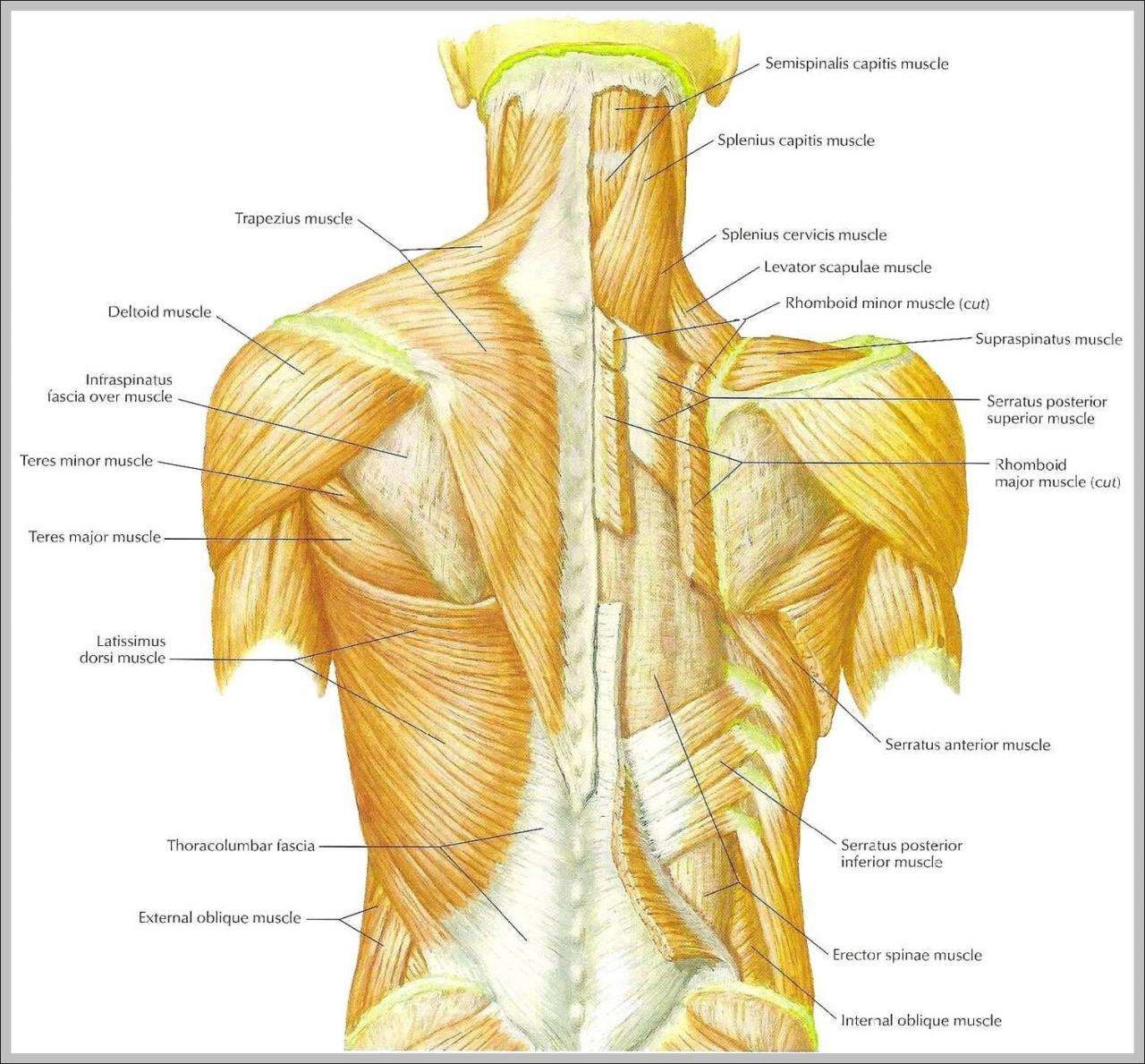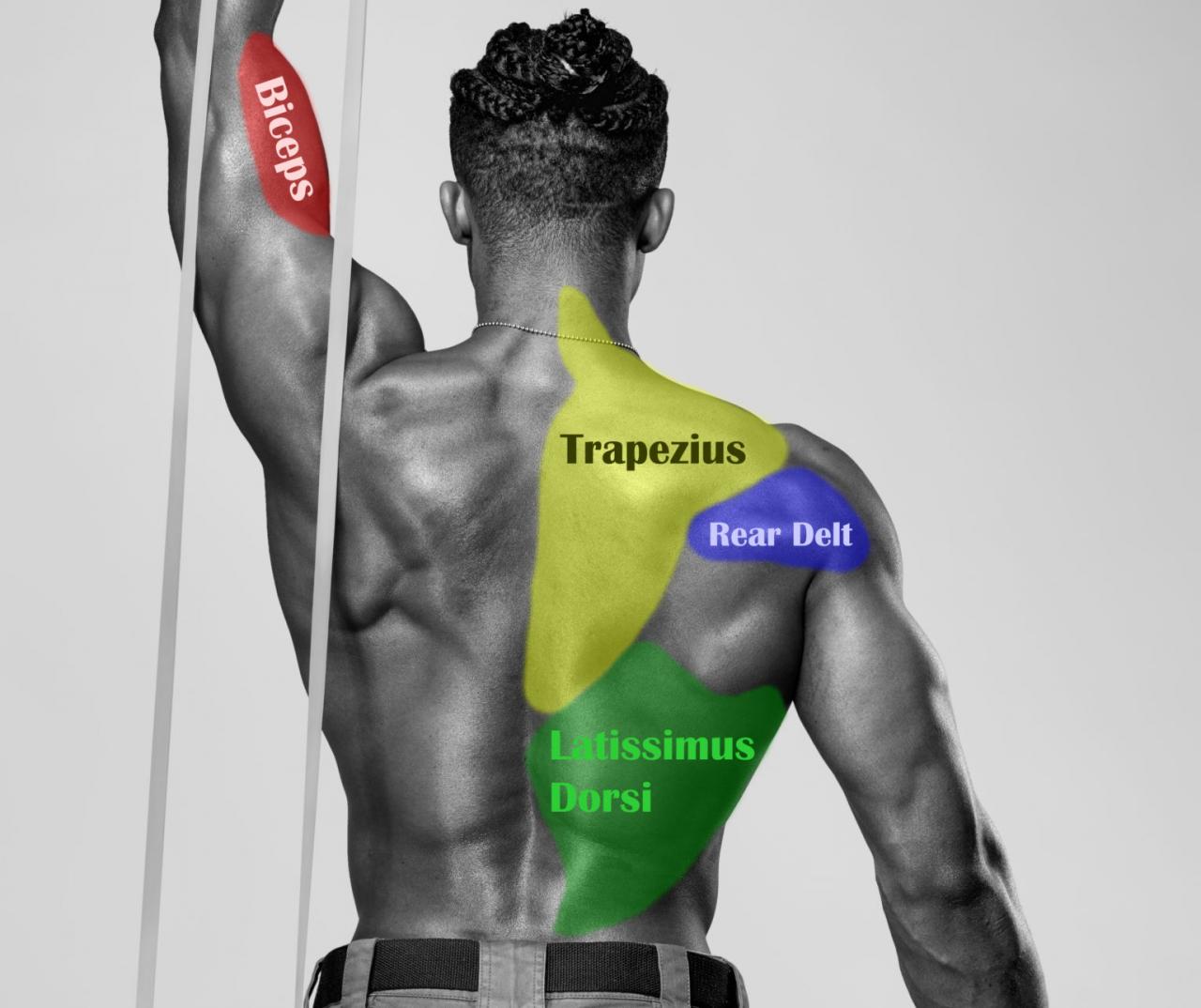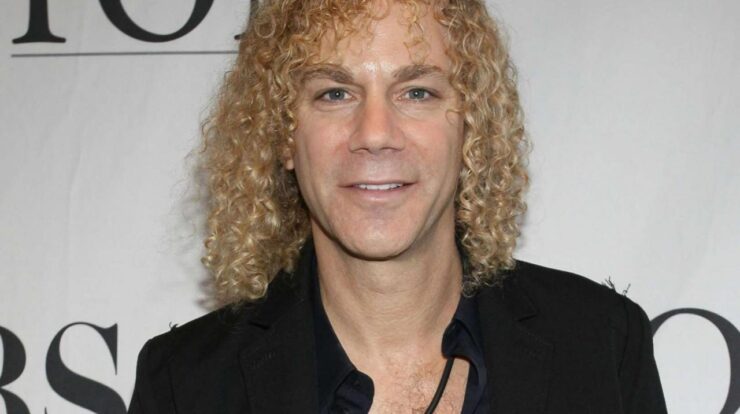
Back muscles, the unsung heroes of our musculoskeletal system, play a pivotal role in our daily movements and overall well-being. From maintaining posture to powering athletic performance, these muscles are essential for a healthy and active life.
Stiff and tight muscles can put excessive strain on the back muscles , leading to pain. Regular exercise is crucial for preventing flexibility issues and maintaining healthy muscles. For instance, exercises that target lower back fat can help strengthen the core and improve flexibility, reducing the risk of back pain.
This Mother’s Day, let’s celebrate the women who support us and remind them that we appreciate their love and sacrifices.
In this comprehensive guide, we delve into the intricate world of back muscles, exploring their structure, function, and the exercises that effectively target them. Whether you’re a fitness enthusiast, a healthcare professional, or simply curious about your body, this guide will empower you with valuable insights into the significance of back muscles.
Back Muscles: Structure and Anatomy
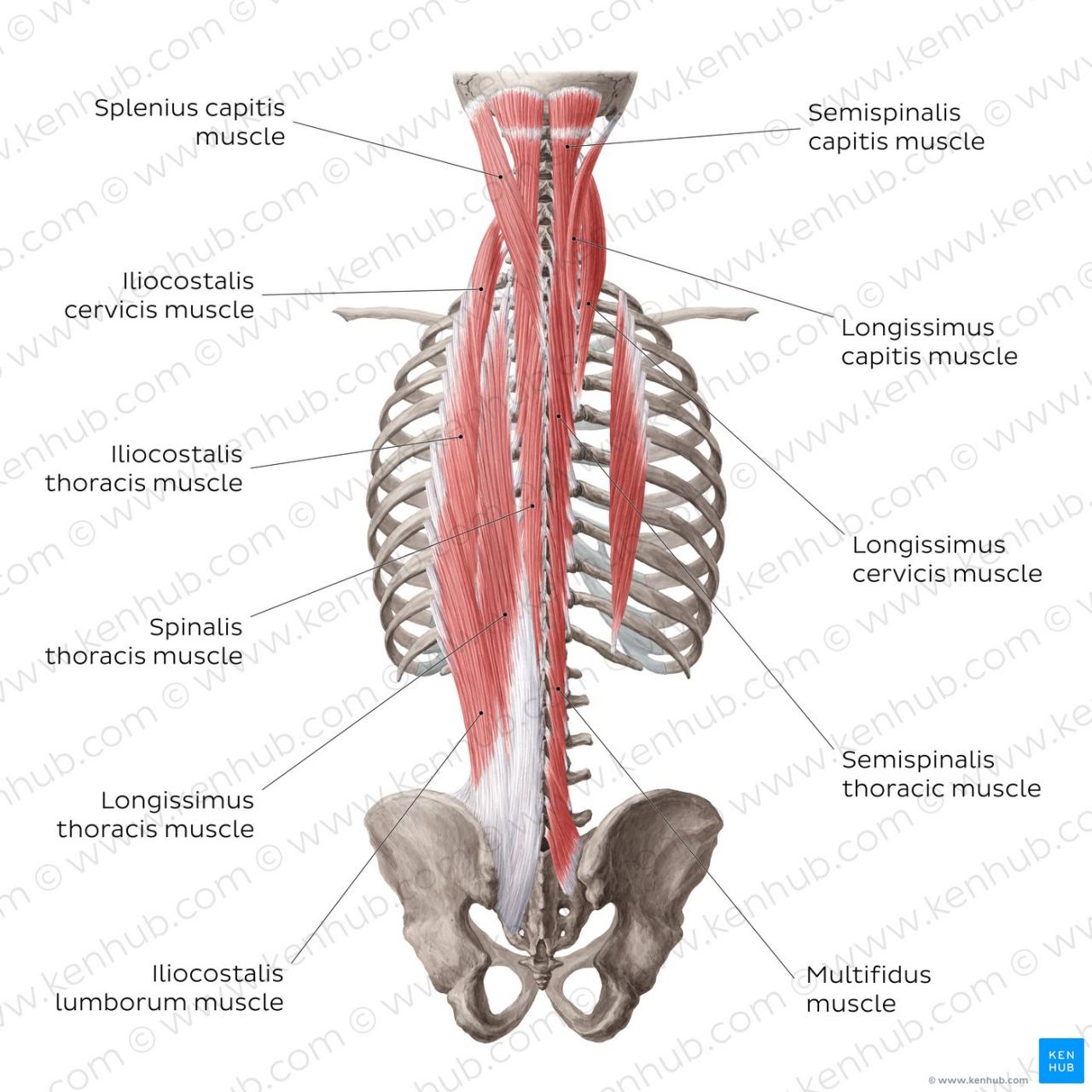
The back muscles are a complex group of muscles that cover the posterior aspect of the body. They play a vital role in posture, movement, and stabilization of the spine. The major back muscles include:
1. Latissimus dorsi: A large, triangular muscle that originates from the spine and inserts into the humerus. It is responsible for adduction, extension, and internal rotation of the arm.
2. Trapezius: A broad, trapezoidal muscle that extends from the occipital bone to the mid-thoracic spine. It is involved in elevation, retraction, and rotation of the scapula.
3. Rhomboids: A pair of diamond-shaped muscles that lie beneath the trapezius. They help to retract and rotate the scapula.
| Muscle Name | Origin | Insertion | Function |
|---|---|---|---|
| Latissimus dorsi | Spine | Humerus | Adduction, extension, internal rotation of the arm |
| Trapezius | Occipital bone | Mid-thoracic spine | Elevation, retraction, rotation of the scapula |
| Rhomboids | Spine | Scapula | Retraction, rotation of the scapula |
Outcome Summary
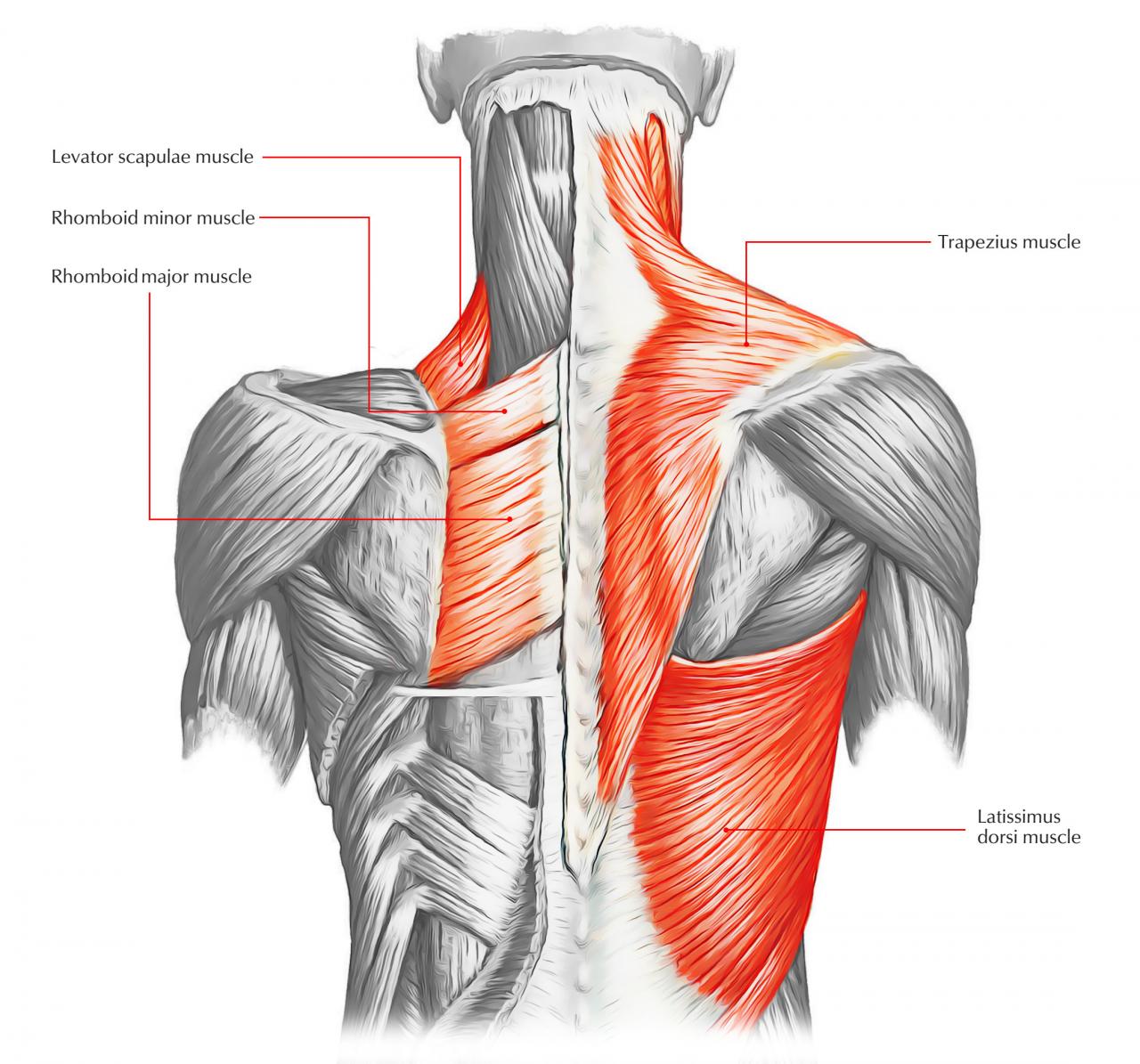
As we conclude our exploration of back muscles, it’s evident that these muscles are more than just a group of tissues; they are the foundation of our movement, posture, and overall health. By understanding their structure, function, and the exercises that strengthen them, we can unlock their full potential and live more active and fulfilling lives.
Helpful Answers: Back Muscles
What are the major back muscles?
The major back muscles include the latissimus dorsi, trapezius, rhomboids, and erector spinae.
What are the primary functions of back muscles?
Back muscles facilitate extension, flexion, rotation, and abduction movements of the spine and shoulder.
What are some common back muscle injuries?
Common back muscle injuries include strains, sprains, and herniated discs.
